 Across the country, home prices remain on an uptrend, escalating in 94 percent of major metropolitan markets, according to the latest National Association of REALTORS® quarterly report, based on findings for the fourth quarter of 2019. In the fourth quarter, the existing-home median price was $274,900, a 6.6 percent gain year-over-year.
Across the country, home prices remain on an uptrend, escalating in 94 percent of major metropolitan markets, according to the latest National Association of REALTORS® quarterly report, based on findings for the fourth quarter of 2019. In the fourth quarter, the existing-home median price was $274,900, a 6.6 percent gain year-over-year.
Buyers continue to lean on low mortgage rates, the report shows. In the final quarter of the year, household incomes rose to $79,740—an increase of roughly $2,650 year-over-year. At the same time, to afford a mortgage, NAR estimates home buyers needed $48,960, or about $3,940 less, year-over-year, due to lower mortgage payments. In the fourth quarter, the average 30-year fixed mortgage was 3.76 percent.
For first-time home buyers, affordability also expanded last quarter. To afford a mortgage, the average first-time home buyer needed $48,288, or approximately $575 less year-over-year, and their average monthly mortgage payment slid to $1,006, assuming a 10 percent down payment.
Still, housing options remain sparse. At the end of the fourth quarter, 1.4 million existing homes were on the market, an 8.5 percent deficit year-over-year, according to the report.
“We saw prices increase during every quarter of 2019 above wage growth,” explains Lawrence Yun, chief economist at NAR. “It is challenging—especially for those potential buyers—where we have a good economy, low interest rates and a soaring stock market, yet are finding very few homes available for sale.”
In the fourth quarter, appreciation climbed considerably in 18 major markets, including:
- Trenton, N.J. – 18.2% year-over-year
- Boise City-Nampa, Idaho – 13.7%
- Gulfport-Biloxi, Miss. – 11.8%
- Kingston, N.Y. – 11.2%
- Albuquerque, N.M. – 11.1%
Meanwhile, the coasts continued their high-price streak, with the costliest homes in:
- San Jose, Calif. – $1.25 million (-0.3% year-over-year)
- San Francisco, Calif. – $999,000 (3.9%)
- Anaheim-Santa Ana, Calif. – $828,000 (3.6%)
- Urban Honolulu, Hawaii – $812,600 (0%)
- San Diego, Calif. – $655,000 (4.6%)
- Boulder, Colo. – $630,400 (6.4%)
- Los Angeles-Long Beach, Calif. – $617,300 (7.2%)
- Seattle-Tacoma, Wash. – $528,800 (8%)
- Nassau County, N.Y. – $496,600 (3.7%)
- Boston-Cambridge, Mass. – $482,800 (4.9%)
To afford these areas, a family has to make more than $100,000, assuming 5 percent down on a 30-year fixed mortgage, according to the report.
“Rising home values typically create wealth gains for existing homeowners as shown in NAR’s latest study,” says Yun. “However, areas that are deemed ‘too expensive’ will obviously have trouble attracting residents and companies looking to do business there. We need a good balance that benefits both current and future homeowners, but right now, the balance is still in favor of home sellers.”
Rismedia.com February 12, 2020
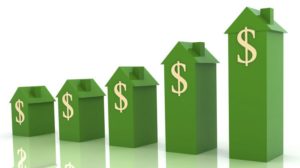 After wild swings before and after the economic downturn, home prices are inching closer to their pre-recession peaks in the Sarasota-Manatee County region.
After wild swings before and after the economic downturn, home prices are inching closer to their pre-recession peaks in the Sarasota-Manatee County region.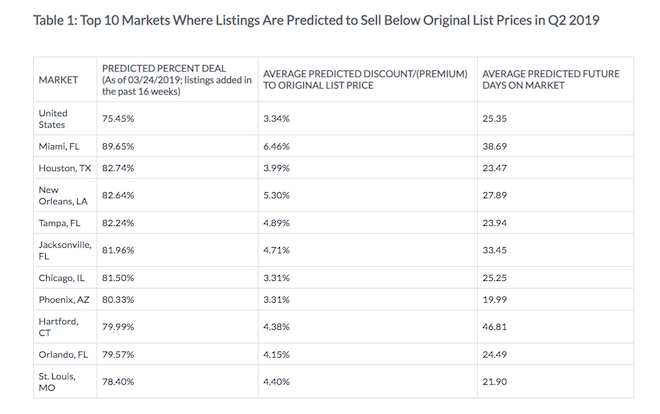
 In a reverse of headlines – Regional Home Prices Lag. Home prices continue to rise in Southwest Florida, but not as fast as in the state or nationally.
In a reverse of headlines – Regional Home Prices Lag. Home prices continue to rise in Southwest Florida, but not as fast as in the state or nationally.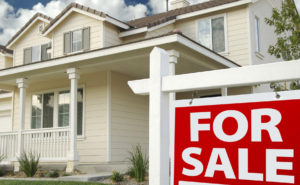 Home-price gains in Sarasota and Manatee County lagged behind the state and nation in October.
Home-price gains in Sarasota and Manatee County lagged behind the state and nation in October.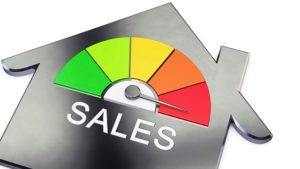 In April 2018, Sarasota and Manatee housing inventory levels dropped again, with pressure from rising median sales prices. Overall, April showed an increase in sales across the two counties, as well as an increase in new listings.
In April 2018, Sarasota and Manatee housing inventory levels dropped again, with pressure from rising median sales prices. Overall, April showed an increase in sales across the two counties, as well as an increase in new listings. Market statistics for June 2017 show an increase in inventory, median sales prices and the median time to contract. Compiled each month from My Florida Regional Multiple Listing Service, the data also indicates an increase in pending sales and a decrease in closed sales, as compared to last year, for the combined two county area.
Market statistics for June 2017 show an increase in inventory, median sales prices and the median time to contract. Compiled each month from My Florida Regional Multiple Listing Service, the data also indicates an increase in pending sales and a decrease in closed sales, as compared to last year, for the combined two county area.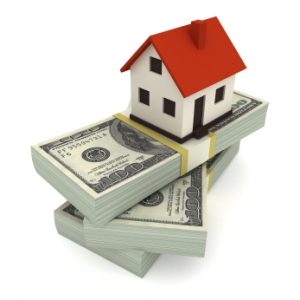 Home prices rose 6.3 percent in May in Sarasota-Manatee, a rate that was slightly slower than in the state and nation.
Home prices rose 6.3 percent in May in Sarasota-Manatee, a rate that was slightly slower than in the state and nation. The beginning of 2016 has seen some fluctuations in total sales and home prices as the housing market steadies itself after a record-breaking 2015. Even with a dip in sales, median home prices remain strong and the market appears solid.
The beginning of 2016 has seen some fluctuations in total sales and home prices as the housing market steadies itself after a record-breaking 2015. Even with a dip in sales, median home prices remain strong and the market appears solid.